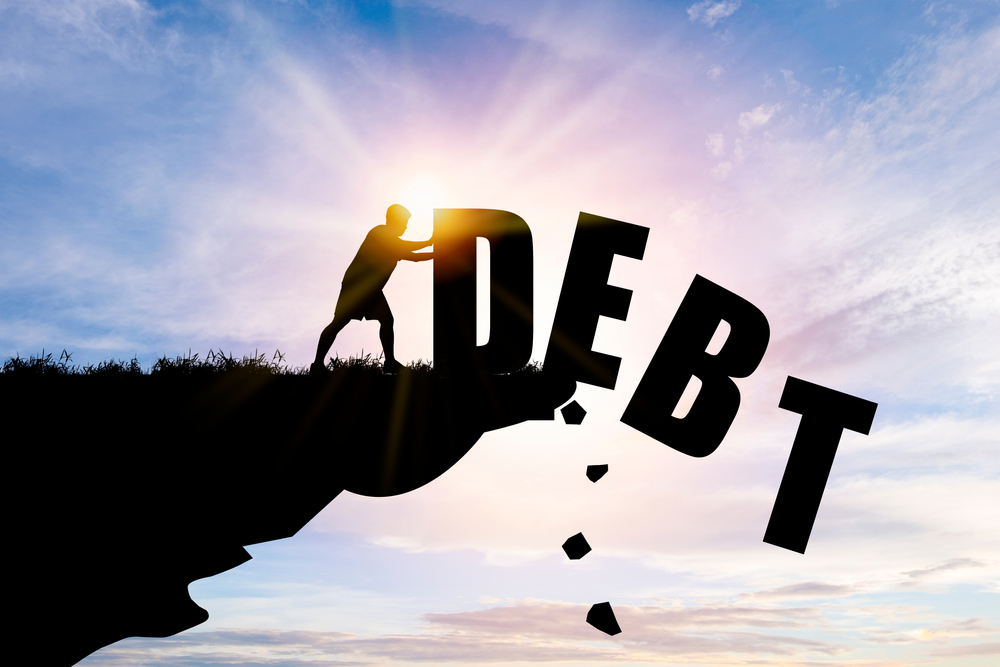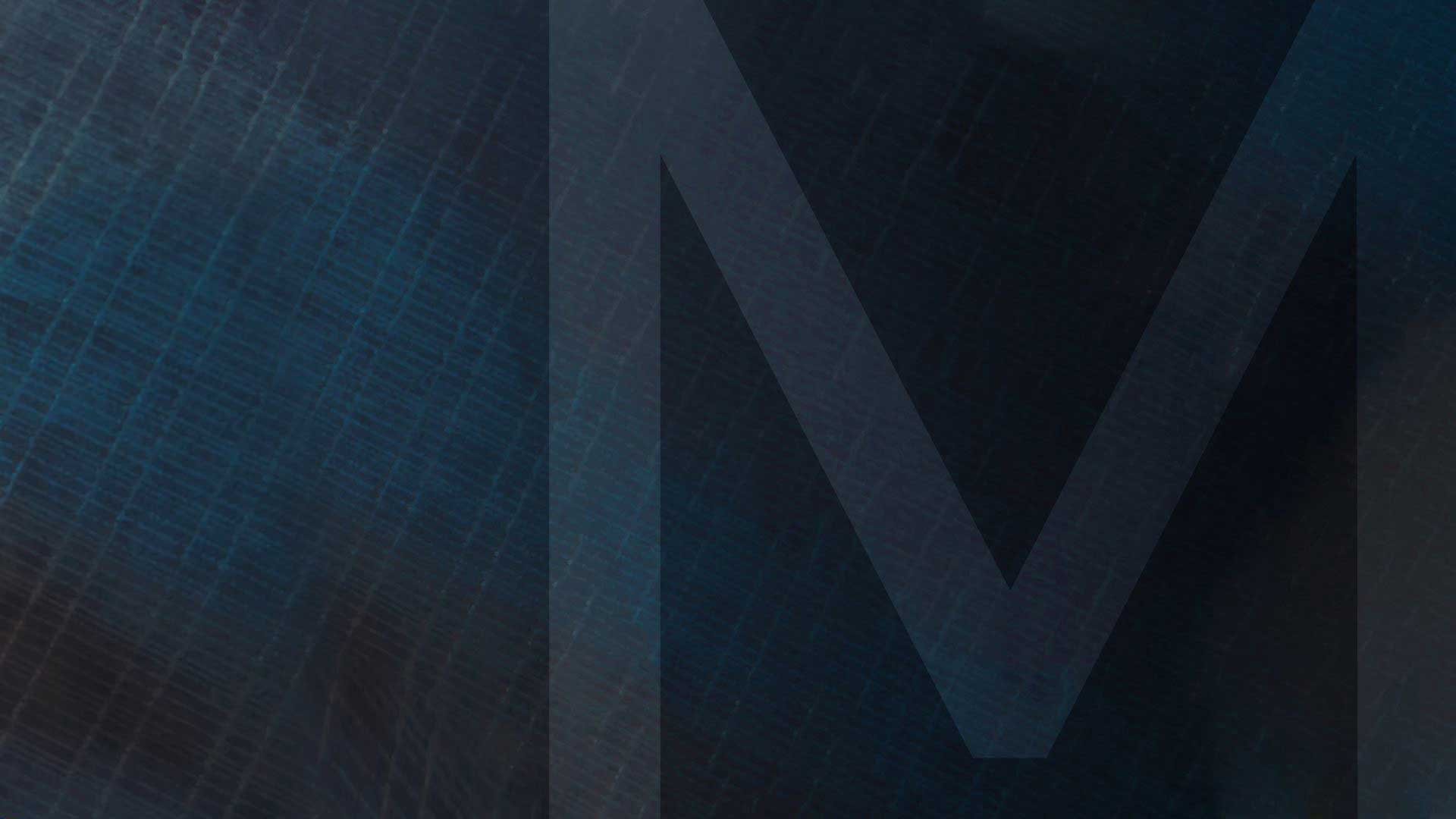
How do I choose the right bankruptcy for me?
Choosing the bankruptcy you wish to file is all about gathering as many facts about the most common types of personal bankruptcies and taking as much time as needed to reach an informed decision. So, let’s take a look at some of the most important characteristics of Chapter 7, Chapter 13, and Chapter 11 and get you closer to your decision.
The basics
In general, Chapter 7 and Chapter 13 bankruptcies are the most common in the United States. They’re available to individuals facing different financial difficulties. Chapter 11 is also frequent, and is available to both individuals and businesses. On the other hand, there are very few debtors that opt for Chapters 9, 15, and 12, as they’re designed for family-owned fishing or farming operations, municipalities, and multi-country entities.
Chapter 7
This type of bankruptcy also goes by the name of liquidation bankruptcy since it helps you sell off some of your assets toward repaying your creditors and eliminating as much of your debt as possible. It’s suitable for both businesses and individuals, and the single biggest selling point of Chapter 7 is debt discharge. Some of the reasons for filing this form of bankruptcy are:
- Fast process: This is the fastest way to file for bankruptcy, as it takes as little as 4 months from the moment you submit your documentation to the moment you receive your final resolution. The reason behind this is absence of a repayment plan.
- Property exemptions: Another important benefit of Chapter 7 is that the most important pieces of your property are usually exempt from bankruptcy, meaning you get to keep them instead of having to sell them to repay your debts. Some of these include furniture, clothes, automobiles, home equity, and pension funds. In practice, the majority of these bankruptcies are no-asset claims with the entirety of your property exempt.
- Reaffirmation: This is a useful tool present within Chapter 7 that allows you to keep a specific secured debt and reaffirm it by creating an agreement with your creditors to either pay the entirety of your debt or a portion of it before closing it.
Chapter 13
This type of bankruptcy is otherwise known as a wage earner’s plan, since you get to keep the majority of your property by continuing to repay your debt over a period of time, usually anywhere from three to five years. Some other reasons why you might opt for this chapter are:
- Foreclosure protection: Chapter 13 puts a stop to all foreclosure attempts by your creditors and allows you to breathe easily knowing your home is safe until you find a way to catch up on all the mortgage payments. You can also restructure your other debts for easier repayment.
- Automatic stay: Similar to Chapter 7, Chapter 13 also enacts automatic stay from the moment you begin your process of filing for bankruptcy. This means no more credit calls, texts, and emails.
Chapter 11
This bankruptcy is also known as reorganization bankruptcy, since it helps you reorganize your debt into a more manageable program. Designed for businesses and corporations, individuals can choose to file it as well for the following reason:
- Continual operations: When a business or an organization files for Chapter 11, they get to remain in operation for the duration of their debt restructuring, allowing you to keep earning and continuing to repay your debts.
The choice
The choice is up to you and the type of financial situation you’re finding yourself in. Generally, filing Chapter 7 is best for individuals with limited income and few assets, looking to make a fast claim and start fresh as quickly as possible.
On the other hand, Chapter 13 is a great choice if you’re looking to retain possession of the vast majority of your assets once your bankruptcy is done and continue with repaying your debt across a period of time.
Finally, Chapter 11 is best for businesses who are looking to remain open until while they’re getting their finances in order. Take your choice and know that whatever type of bankruptcy you choose, you’re making one of the best financial decisions of your life.
 Who is San Diego’s leading Chapter 7 bankruptcy lawyer to help me with my claim?
Who is San Diego’s leading Chapter 7 bankruptcy lawyer to help me with my claim?
Choosing your bankruptcy chapter to file can get stressful, but know that it should be anything but. After all, you’re securing a brighter financial future for yourself, so rejoice. So, as soon as you notice the first signs of difficulties with your finances, consider bankruptcy. And don’t worry, bankruptcy is one of the best ways to eliminate your debt and get back on your feet in no time. You just have to secure some professional assistance for the process.
And that’s exactly what Bankruptcy Law Offices of Mark L. Miller is here to help you with. We’re a team of experienced legal professionals capable of making your claim seamless. We’ll also help you deal with the initial stress of starting your bankruptcy process and help you realize you’re making the right decision. You can find our offices in Mission Hills, so feel free to contact us and come in for a free-of-charge consultation.





 Who is San Diego’s leading Chapter 7 bankruptcy lawyer to help me with my claim?
Who is San Diego’s leading Chapter 7 bankruptcy lawyer to help me with my claim?